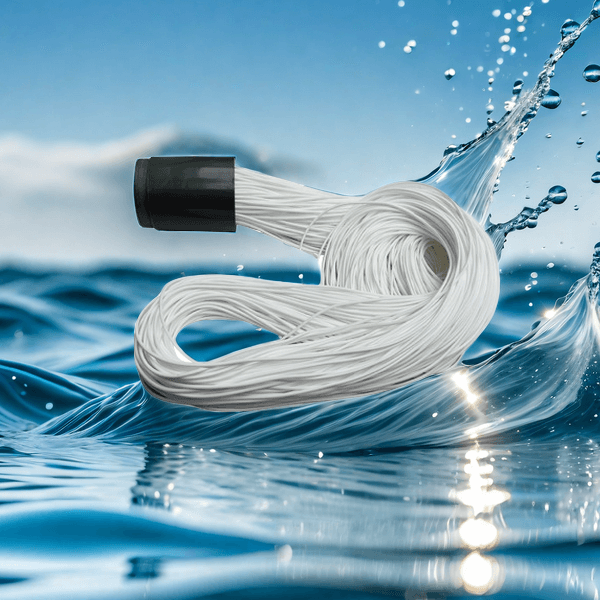Measuring water quality with MBR pre-membrane demand
Before using MBR membrane to treat sewage, it is necessary to conduct a comprehensive assessment of the influent water quality, mainly considering the following aspects:
1.COD (chemical oxygen demand):
Influent COD is usually required to be <500mg/L. Too high COD may lead to increased membrane pollution.
2.BOD5 (biochemical oxygen demand):
Influent BOD5 is generally required to be <300mg/L. BOD5 reflects the content of biodegradable organic matter in water.
3.SS (suspended solids):
It is recommended that influent SS <100mg/L. Too high SS will accelerate membrane pollution.
4.NH3-N (ammonia nitrogen):
Influent NH3-N is usually required to be <50mg/L. High concentration of ammonia nitrogen may affect the biological treatment effect.

5. Grease content:
Grease will seriously affect membrane performance and should be controlled at a low level as much as possible.
6. pH value:
It should be controlled in the neutral range (6-9). Too acidic or too alkaline will affect the biological treatment effect and membrane life.
7. Temperature:
Too low water temperature will affect the biological treatment efficiency. It should usually be kept in the range of 10-35℃.
8. Toxic substances:
Such as heavy metals, phenols, etc., should be controlled within the range that can be tolerated by organisms.
9. Escherichia coli count:
Generally required to be <10,000/L.
10. Refractory organic matter:
If the content is high, pretreatment measures may need to be considered.
By measuring these indicators, it can be determined whether the raw water is suitable for direct entry into the MBR system or whether a pretreatment unit needs to be added. At the same time, these data also help optimize the design parameters and operation strategies of the MBR system to achieve the best treatment effect and economy.
